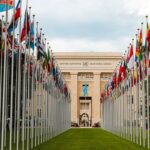
This year is the 75th anniversary of the United Nations – an institution created in the wake of World War II, when the world was looking to emerge from a tragic era filled with conflict and political and economic turmoil. ...

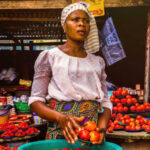
The COVID-19 crisis has shown how deep inequalities make society as a whole more vulnerable – providing important lessons for building resilience in an era of climate change. The people most exposed to the coronavirus pandemic and the resulting economic ...


In spite of a global pandemic and the worst economic conditions in nearly a century, U.S. states, cities and businesses are continuing to lead the fight against climate change. A new report by America’s Pledge provides crucial evidence that state ...

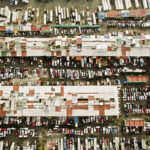
Left unchecked, urban freight will continue to be a major driver of the global climate crisis.

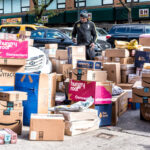
This is part one of our series on urban freight and achieving a “triple zero” bottom-line: zero emissions, zero road deaths and zero exclusion from core services and opportunities. A line of trucks files patiently into the Port of Shenzhen. ...

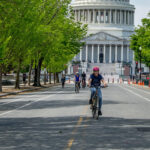
Children are often under-prioritized or even disregarded in urban planning and design. It’s estimated that up to 500 children die daily in road crashes around the world; thousands more incur injuries and psychological trauma from collisions with vehicles that can ...

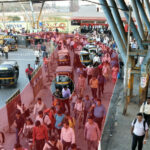
Mumbai’s suburban rail system is the world’s busiest, serving 7.5 million riders a day. This photo story is an attempt at documenting moments of precarious travel in Mumbai city, as part of a larger investigation focused on infrastructure design that ...


For years, city governments in the United States have taken the lead on committing to climate action, with more than 165 cities aiming for 100% community-wide clean energy. But whether ambitious goals translate to ambitious action is another question altogether, and ...

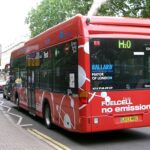
Companies like Toyota, Nikola and H2X are doubling down on hydrogen fuel cell vehicles and positioning them as alternatives to their more popular zero-emission counterparts, battery electric vehicles. These companies and some advocates believe fuel cell vehicles could be key to ...

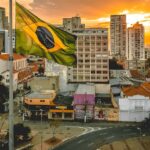
Brazil faces a fundamental choice of how to address the convergence of multiple crises it is now seeing: health, economic and environmental. The COVID-19 pandemic exposed and multiplied the risks and weaknesses in our societies and economies, disproportionately impacting poor ...

Page 30 of 337« First...1020...293031...4050...Last »